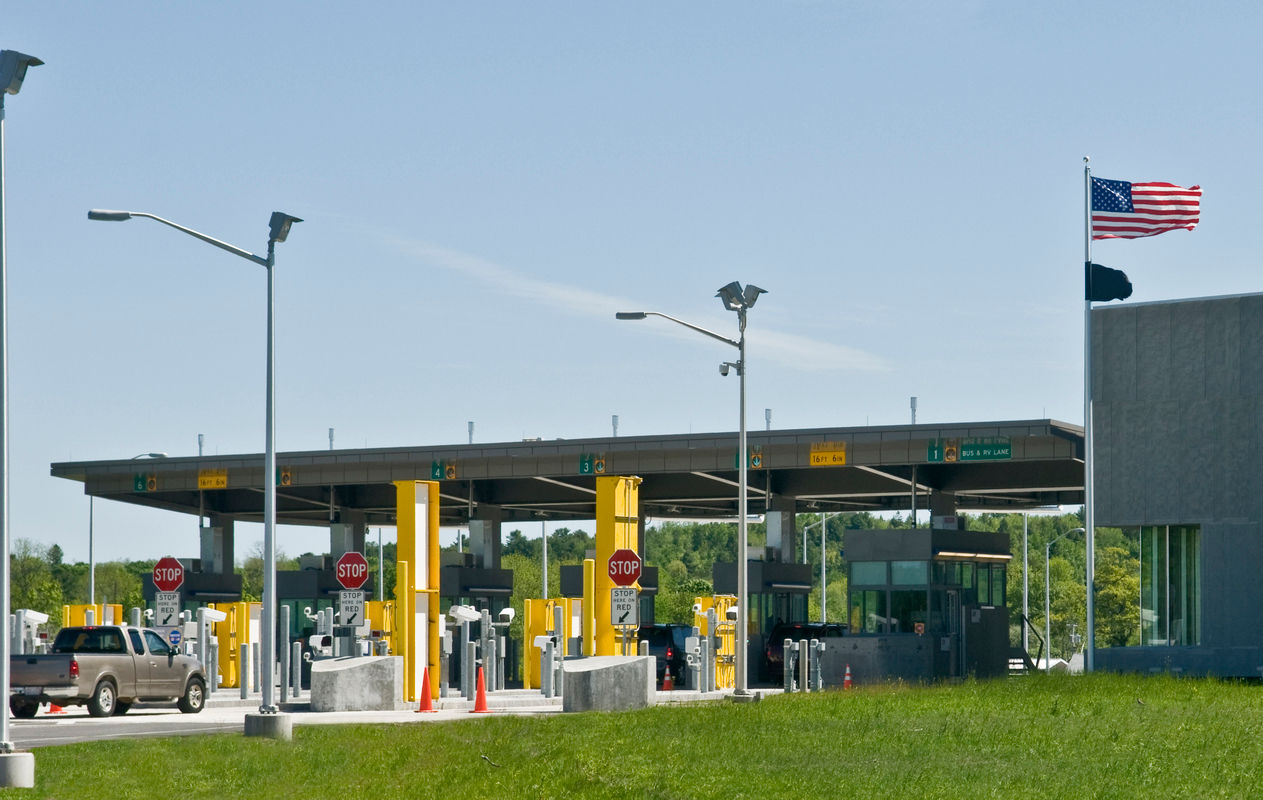
June 15, 2022
South Korea’s Truck Strike Provides a Timely Risk Reminder
South Korea’s Truck Strike Provides a Timely Risk Reminder

*Supply chains can’t catch a break. After two years of pandemic-related disruptions there is the risk of strikes during labor negotiations. An eight-day strike in South Korea is a timely reminder of the risks for supply chain networks. In that case the auto, steel, chemical, and technology industries all faced disruptions. Port negotiations in the U.S. and Germany are ongoing. Dealing with strike risks is far from simple.
*
What happened?
On June 7, 2022 the South Korean trucking industry ground to a half as the result of a strike which lasted for eight days. The government and unions have now reached a tentative agreement on extending guaranteed wages for the drivers. While the deal extends the guarantee beyond its year-end termination, the continuation of a sunset clause may save up challenges for the future.
The global trucking industry is facing a series of challenges. Recently, COVID-19 related lockdown measures in Asia restricted trucking operations. In the U.S., trucking volumes are in decline while costs remain high, as discussed in recent Flexport research.
Furthermore, with the U.S. West Coast port labor discussions ongoing, the event is a salient reminder of the disruptive effects of strikes, even if both sides have committed to avoiding supply chain disruptions for now. Ongoing negotiations at German ports show this is a truly global issue, particularly in a world of elevated consumer price inflation.
What has the strike meant for supply chains?
The impact has been widespread for manufacturing industries including automotive, steel, and petrochemicals. There are reports that some semiconductor makers got down to two weeks of materials in stock as of June 13. The government initially deployed army drivers to move containers at the key ports.
Press reports indicate that around $1.2 billion of Korean exports have been delayed by the strike, which compares to $62 billion of total exports in May 2022 according to official figures.

The strike may throttle South Korea’s export boom, which reached 18% year over year in the three months to May 31, 2022. The impact on oil-based commodities of a trucking strike may be limited, accounting for 16% of the total in the past 12 months and grew by 44% in the past three months on higher global crude oil costs.
As shown in the chart above, exports of electronics, including semiconductors (20% of exports) and PC/computers (5%) had also been expanding rapidly in response to elevated consumer demand and rose by 23% and 29% respectively in the past three months.
So what can supply chain operators do in the face of strike risks?
Strikes rarely emerge from thin air—they are often linked to ongoing wage negotiations on a fixed cadence measured in years rather than months. That provides some time for long-term planning, though the process is far from simple.
Three potential strategies include:
- Constant monitoring of local situations, particularly around the time that negotiations on wage deals are getting started. Stay close to the intelligence products and market reports provided by your freight services provider.
- Contingency planning is worthwhile for a variety of reasons. For long-distance transportation having a variety of port / airport and multi-modal solutions available are useful. Mitigating “first mile” trucking risks is more complex, requiring instead close coordination with your customers or suppliers in what to do if the worst happens.
- Diversify by origin if possible. Again, there are good reasons for doing this for risk mitigation purposes aside from strikes, though implementing such plans may prove expensive in a market downturn.
In conclusion: Labor actions in logistics networks can be painful and difficult to avoid, but strategies to spot them coming and mitigate the impact are available.
Disclaimer: The contents of this report are made available for informational purposes only and should not be relied upon for any legal, business, or financial decisions. Flexport does not guarantee, represent, or warrant any of the contents of this report because they are based on our current beliefs, expectations, and assumptions, about which there can be no assurance due to various anticipated and unanticipated events that may occur. This report has been prepared to the best of our knowledge and research; however, the information presented herein may not reflect the most current regulatory or industry developments. Neither Flexport nor its advisors or affiliates shall be liable for any losses that arise in any way due to the reliance on the contents contained in this report.
About the Author





